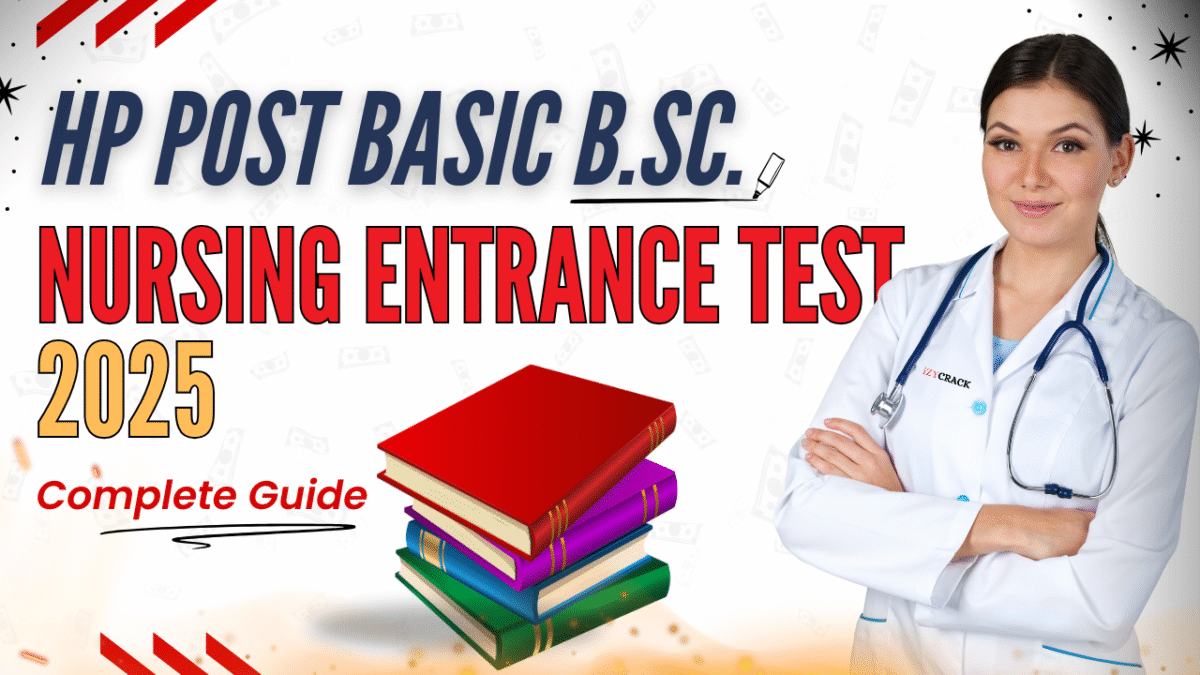Himachal Pradesh Folk Art: A Mesmerizing Glimpse into Timeless Traditions : Himachal Pradesh, the land of snow-capped mountains and serene valleys, is not just known for its breathtaking beauty but also for its rich and vibrant folk art. From wall paintings to wood carvings, every form of Himachali folk art reflects the deep-rooted culture and traditions of its people. In this article, let’s take a colorful journey through the various forms of folk art that have kept the heritage of Himachal alive for centuries.
🌸 Introduction to Himachal Pradesh’s Folk Art
Folk art in Himachal Pradesh is more than just decoration—it’s a way of life. It connects the people with their gods, nature, and ancient stories. The region’s festivals, rituals, and daily life deeply influence these art forms.
Moreover, families and communities pass down folk art through generations without any formal training, preserving its traditional essence.
🎨 Types of Folk Art in Himachal Pradesh
Let’s explore some of the most famous and mesmerizing folk art forms from the hills of Himachal.
1. Kangra Painting
One of the most recognized and delicate art forms from Himachal is Kangra painting. Originating from the Kangra valley, these paintings are known for their fine lines, natural colors, and emotional expressions.
- Themes: Mostly based on love stories from Indian mythology like Radha-Krishna and scenes from nature.
- Style: Use of soft colors, natural scenery, and elegant human figures.
These paintings became popular during the 18th century and continue to enchant art lovers even today.
2. Thangka Painting
Although closely linked to Tibetan culture, Thangka paintings are a significant part of Himachali Buddhist communities, especially in Lahaul-Spiti.
- Material: Made on cotton or silk cloth.
- Purpose: Used in monasteries for religious teachings and ceremonies.
Thangkas are spiritual in nature and are usually painted with natural mineral colors. They often depict deities, mandalas, or historical events from Buddhism.
3. Pahari Miniature Paintings
Another treasure of Himachal’s folk art is Pahari miniature painting, which emerged from royal courts in the 17th and 18th centuries.
- Subjects: Hindu gods, royal portraits, and romantic themes.
- Style: Small-sized, intricate designs, and use of vibrant colors.
These artworks beautifully capture the charm and grace of mountain life.
4. Wood Carving
Himachal Pradesh is home to skilled woodcarvers who create intricate designs on doors, windows, and temples.
- Famous Areas: Kullu, Chamba, and Kinnaur.
- Common Patterns: Flowers, birds, deities, and geometric designs.
You can still see wooden temples and homes decorated with such carvings, showcasing the rich wood art tradition of the region.
5. Metal Craft
In rural Himachal, metal craft is another form of folk art practiced for centuries.
- Items Made: Bells, lamps, masks, idols, and ritual objects.
- Materials Used: Bronze, brass, and iron.
Many of these items are used during festivals and religious rituals and are often handcrafted by local artisans.
6. Weaving & Embroidery
Weaving is not just a household activity here—it’s a traditional art passed from mothers to daughters.
- Kullu Shawls: Known for their geometric patterns and vibrant colors.
- Chamba Rumals: Handkerchief-sized cloths with fine embroidery depicting mythological stories.
Both are famous worldwide and are an essential part of Himachal’s artistic identity.
🏔️ Cultural Significance of Folk Art
Folk art in Himachal is deeply connected to the state’s spiritual and social life. Every painting, carving, or cloth tells a story—often tied to deities, local legends, or seasonal festivals.
These art forms are also a way to preserve the history and beliefs of the mountain communities. For example, during festivals like Dussehra in Kullu or Minjar in Chamba, you can see folk art used in decorations, costumes, and public displays.
🔍 Why Himachali Folk Art Is So Unique
Rooted in Tradition: Most of the art is inspired by local culture and age-old customs.
Nature-Inspired: You’ll see elements of hills, rivers, forests, and animals in almost every art form.
Spiritual Touch: Many artworks are made for temples, rituals, or religious purposes.
Handmade with Love: Unlike machine-made art, Himachali folk art is handcrafted, which gives it a unique charm.
💡 Modern Revival and Challenges
In recent years, there’s been a renewed interest in preserving and promoting Himachal’s folk art. However, several challenges remain:
- Lack of Recognition: Many artists don’t get the attention or respect they deserve.
- Urban Influence: Younger generations are drifting away from traditional practices.
- Market Demand: With modern decor taking over, traditional art is losing space.
But the good news is, with the help of NGOs, government schemes, and online platforms, more artisans are getting a platform to showcase and sell their work.
🌍 Folk Art Tourism in Himachal Pradesh
Today, folk art is not just limited to temples and homes—it has become a key part of cultural tourism.
- Workshops: Tourists can now attend painting or weaving workshops.
- Handicraft Markets: Local bazaars in places like Shimla, Manali, and Dharamshala offer folk art souvenirs.
- Museums: Places like the Bhuri Singh Museum (Chamba) and Kangra Art Museum showcase priceless pieces of folk heritage.
These initiatives are not only preserving the art but also giving a livelihood to many local artisans.
✅ Conclusion: A Living Heritage Worth Celebrating
Himachal Pradesh’s folk art is truly a living heritage—beautiful, spiritual, and deeply connected to the lives of its people. Whether it’s the colorful strokes of a Kangra painting, the softness of a Kullu shawl, or the curves of a wooden temple carving, each piece carries the soul of the hills.
As travelers, readers, and admirers of culture, it’s our duty to support and celebrate these timeless traditions. So the next time you visit Himachal, take a moment to explore its folk art—you’ll walk away with more than just memories.









